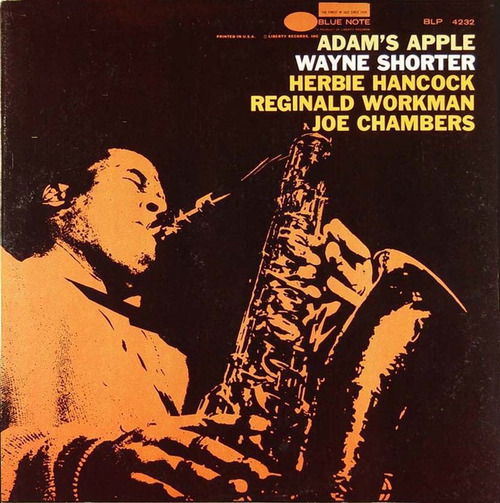
What does Blue Note mean to young people? Well this year it’s been an embracing of the present in terms of technology, and a recognition of the past in a return to the label of one of the greats from the Golden Age. The label has introduced well received Spotify and iPad apps that, in a digital age when sleeve notes and cover art have largely vanished in terms of coming with the purchased music, joins the dots between too much unfiltered information found on the web and none at all. These apps have enabled a generation in their own terms to make the leap from dealing with the here-and-now, towards realising that jazz on old formats isn’t just for their grandparents.
As for recognising the past, Blue Note has done this mainly by bringing Wayne Shorter back to the label. The first Monday in February (in the UK anyway, the next day in the States) sees the official release of the album and while this isn’t a review the quartet album Without a Net as it’s titled (with Danilo Pérez, John Patitucci, and Brian Blade and additional wind instruments on ‘Pegasus’) sees the great Newark man, who will be 80 in August, return to a label he hasn’t recorded for in well north of 40 years. It’s eight years since his last album for any label.
Shorter was just 26 when he first recorded for Alfred Lion and Francis Wolff’s label in 1959, just 20 years after Blue Note was founded. From 1964-1970, during which Shorter also spent a large chunk of time as a member of the second great Miles Davis quintet, the saxophonist as a leader made such important records as Night Dreamer, Juju, Speak No Evil, and Adam’s Apple, to name just four of them.
The brand new album has nine tracks, and it’s a demanding, engrossing record, that pushes the boundaries and thrills the senses. It’s a journey through and beyond the mind control of a jazz world that sometimes thinks it lives in a boardroom, or wants to, and believes deep down that music is a product, something that only exists to be sold and consumed.
Mostly live, ‘Pegasus’ a huge very involving and stimulating achievement and the Corinthian pillar of the album, was recorded, though, in a studio and there are winds added for extra interest. ‘Plaza Real’, the fourth track, fans know from Weather Report days, the iconoclastic jazz-rock band Wayne co-founded with the late Joe Zawinul. That track contains some moving soprano saxophone playing, and to be frank no one really comes anywhere close to Wayne’s conception of mind, body, and instrument (as a tool in creativity) as a unified whole.
So what does Blue Note mean to young people to return to a question asked but unanswered at the beginning? Only they can decide, but it’s all there on Without a Net, waiting.
Stephen Graham